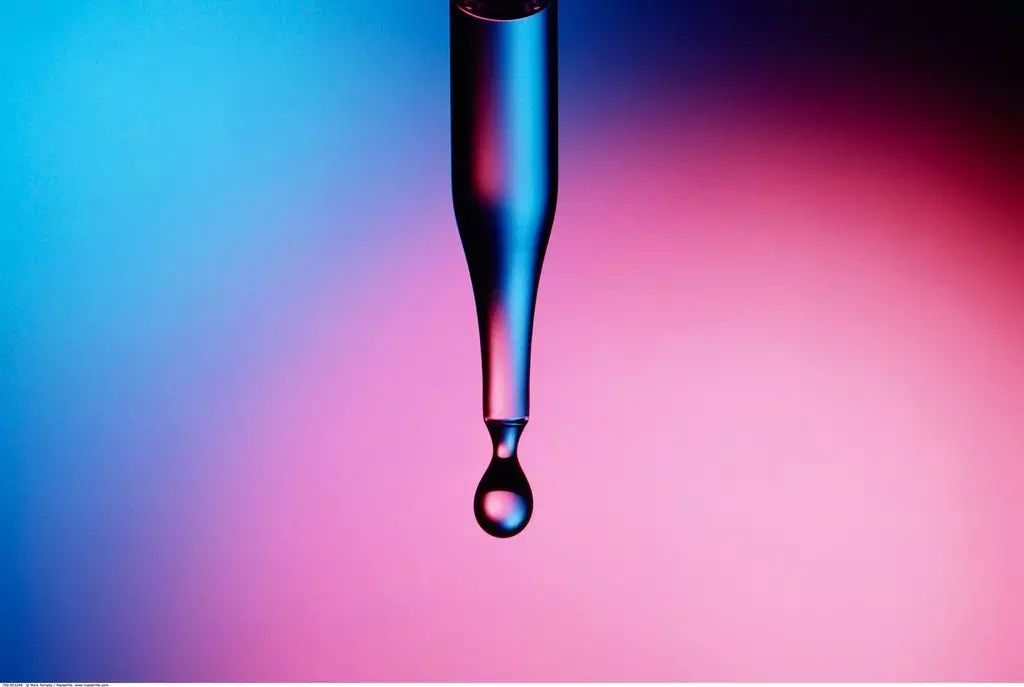
What is phenoxyethanol? What are the toxicity and hazards?
Phenoxyethanol is a new favorite in the cosmetics industry. It is increasingly used as a substitute for benzoate, a cosmetic preservative. It has not been reported in China. A few years ago, the FDA issued a warning that the areola cream used by a lactating mother named Mommy bliss contained this ingredient. The US Food and drug administration has warned that phenoxyethanol can cause the central nervous system, vomiting and contact dermatitis to shut down.
So, what is phenoxyethanol? Is it really safer than benzoate, or should it be avoided as much as possible?
What is phenoxyethanol?
Phenoxyethanol is an ethylene glycol ether. Also known as 2-phenoxyethanol, ethylene glycol phenyl ether, ethylene glycol monophenyl ether, ethylene glycol monophenyl ether, colorless clear oily liquid with weak aroma. The English name is 2-phenoxyethyl alcohol; phenoxyethanol
structure

Trade name
NEOLONE™ PH 100; Protectol™ PE; Euxyl® PE 9010; Dowanol® EP; Euxyl®K 400; Emeressence 1160; Emery 6705; SupGuard® PE10
Use of phenoxyethanol
Because of its high boiling point, high solubility, high polarity, low volatilization rate and very low odor, it has become a typical multifunctional excellent solvent. At present, it is widely used in ink, paint solvent and textile additives in industry.
Phenoxyethanol is used as an antibacterial preservative in cosmetics and local pharmaceutical preparations with a concentration of 0.5 ~ 1.0%; It is also used as a preservative and antibacterial agent in vaccines. In treatment, 2.2% solution or 2.0% cream is commonly used as disinfectant for superficial wounds, burns and mild infections of skin and mucous membrane. Phenoxyethanol has a narrow antibacterial spectrum, so it is often used in combination with other antibacterial agents.
In cosmetics, phenoxyethanol is used as an antibacterial agent, a preservative and a fixative for perfume. Generally, it is used with other preservatives.
Domestic cosmetics containing phenoxyethanol mainly include skin care products, shower gel, perfume, face cream, lipstick, children's daily necessities, wipes, eye drops, invisible eye care liquid, etc.
Toxicity of phenoxyethanol
The material safety data sheet (MSDS) of the product shows that phenoxyethanol is harmful and can cause reproductive damage if swallowed, inhaled or absorbed through the skin. Material safety data sheet (MSDS) refers to 100% concentration, so is it safe at low doses? The concentration in cosmetics is generally 0.5% to 1%.
Several animal studies have shown that it is toxic at medium concentration and will have an impact on the brain and nervous system. Japan's regulations on the use concentration of cosmetics. In Europe, the European Union has classified it as an irritant product and has conducted various studies (such as on rabbit skin), which have proved the response of low doses. The EPA data sheet shows that the test will cause chromosome changes and gene mutations. And stay in the white mouse to interfere with reproduction.
A medical expert in the United States once reported that when cleaning the test equipment, he came into contact with a cleaning agent containing phenoxyethanol and later had an allergic reaction. It seems that he is very unfortunate. A German research team investigated 9948 allergic patients. Among the 3000 known sensitizing substances, phenoxyethanol ranked in the top 10.
Phenoxyethanol decomposes phenol, acetaldehyde and acetaldehyde into acetic acid. Phenol can block the main reaction mechanism of the immune system. Ironically, phenoxyethanol is used in antibacterial vaccines. Phenoxyethanol and the decomposition of ethanol produce acetaldehyde, which is a suspected carcinogen. According to inhalation studies, acetaldehyde is irritating to eyes, skin and respiratory tract.
FDA warning
"Phenoxyethanol is a preservative that is primarily used in cosmetics and medications. It also can depress the central nervous system and may cause vomiting and diarrhea, which can lead to dehydration in infants"
Phenoxyethanol is a preservative, which is mainly used in cosmetics and drugs. It also inhibits the central nervous system, which can lead to vomiting and diarrhea, leading to dehydration in infants
Product Center
 CHINESE
CHINESE ENGLISH
ENGLISH

